Description
Sage Broad-Leaved Seeds (Salvia officinalis) is a perennial herb known for its large, aromatic leaves, which are widely used in cooking and herbal remedies. This variety of sage has broader leaves compared to the more common garden sage and is favored for its strong flavor and ease of cultivation. Broad-leaved sage is commonly grown in herb gardens and is a staple in Mediterranean and European cuisines, where it’s used to season meats, sauces, and stuffing.
Key Characteristics:
- Scientific Name: Salvia officinalis
- Common Names: Broad-Leaved Sage, Common Sage, Garden Sage, Culinary Sage
- Family: Lamiaceae (Mint family)
- Type: Perennial herb
Appearance:
- Leaves:
- The leaves of broad-leaved sage are larger, wider, and more rounded than other sage varieties. They have a soft, velvety texture with a grayish-green color and a strong earthy aroma.
- Size:
- Broad-leaved sage grows into a small shrub, reaching about 18-24 inches tall (45-60 cm) and spreading to a similar width.
- Flowers:
- In summer, sage produces spikes of purple or blue flowers, which are attractive to pollinators like bees. The flowers are also edible and can be used as a garnish.
Growing Conditions:
- Light:
- Sage thrives in full sun, requiring at least 6 hours of direct sunlight each day. It can tolerate partial shade but may produce fewer leaves and a weaker flavor in lower light conditions.
- Soil:
- Sage prefers well-draining soil that is slightly sandy or loamy with a pH between 6.0-7.0. It doesn’t tolerate heavy, clay soils or waterlogged conditions. Amending the soil with compost or sand improves drainage and nutrient content.
- Watering:
- Once established, sage is relatively drought-tolerant. Water moderately, allowing the soil to dry out between waterings. Overwatering can lead to root rot, so it’s important to avoid soggy soil.
- Temperature:
- Broad-leaved sage grows best in temperate climates with warm summers and mild winters. It can tolerate cold temperatures but should be protected from frost in extremely cold regions. In zones 5-9, sage is usually hardy.
Sowing Broad-Leaved Sage Seeds:
- Direct Sowing:
- Sow seeds directly into the garden in spring after the last frost, or in late summer for a fall crop. Plant seeds about 1/8 inch deep and cover them lightly with soil.
- Indoor Sowing:
- For an earlier start, sow sage seeds indoors 6-8 weeks before the last frost. Use a well-draining seed-starting mix and keep the seeds in a warm, sunny location.
- Germination:
- Sage seeds take about 2-3 weeks to germinate at temperatures between 60-70°F (15-21°C). Keep the soil consistently moist but not waterlogged during the germination period.
- Transplanting:
- Transplant seedlings outdoors once they are about 4 inches tall and after hardening them off. Space plants about 12-18 inches apart to allow good air circulation and prevent disease.
Care and Maintenance:
- Fertilization:
- Sage does not require heavy feeding. An annual application of compost or a balanced organic fertilizer in early spring is usually sufficient to support healthy growth.
- Pruning:
- Regularly prune sage to encourage bushy growth and to prevent the plant from becoming woody. After flowering, cut back the stems by about one-third to maintain a compact shape. Deadheading (removing spent flowers) also helps prolong the plant’s productivity.
- Mulching:
- Apply a layer of mulch around the base of the plant to help retain moisture and suppress weeds. In colder climates, mulching can also protect the roots from freezing temperatures.
- Pest Control:
- Sage is relatively pest-resistant but can occasionally attract aphids, spider mites, or whiteflies. Regular inspection and treating infestations with neem oil or insecticidal soap will help keep pests at bay.
- Disease Control:
- Sage is susceptible to fungal diseases, particularly in humid conditions or if the plant is overwatered. Ensure good air circulation around the plant and avoid overhead watering to prevent fungal issues like powdery mildew.
Harvesting Broad-Leaved Sage:
- Timing:
- You can start harvesting sage leaves once the plant is well-established, usually after it reaches 6-8 inches in height. The best time to harvest is in the morning after the dew has dried, when the essential oils are most concentrated.
- Method:
- Snip leaves as needed, cutting just above a leaf node (where the leaves join the stem) to encourage new growth. Avoid removing more than one-third of the plant at a time to allow the plant to continue growing.
- Drying:
- Sage leaves can be used fresh or dried for later use. To dry, tie small bundles of sage together and hang them upside down in a warm, dry place with good air circulation. Once dry, store the leaves in an airtight container away from light.
Culinary Uses:
- Flavor Profile:
- Sage has a strong, earthy, and slightly peppery flavor with hints of lemon and eucalyptus. The broad-leaved variety offers a slightly milder flavor than common garden sage.
- Uses:
- Stuffing and Sauces: Sage is a key ingredient in stuffing recipes, especially for poultry. It also pairs well with butter, cream-based sauces, and roasted vegetables.
- Meats: Sage complements rich meats like pork, lamb, and sausage. It can be used in marinades, rubs, or as a seasoning for roasting.
- Herbal Teas: Sage leaves can be steeped in hot water to make a soothing herbal tea that aids digestion and has anti-inflammatory properties.
Medicinal Benefits:
- Digestive Aid: Sage has traditionally been used to aid digestion, reduce bloating, and treat indigestion.
- Antioxidant and Anti-inflammatory: Sage contains several antioxidants and anti-inflammatory compounds, including rosmarinic acid, which supports overall health.
- Cognitive Function: Sage has been studied for its potential benefits in improving memory and cognitive function.
Summary:
Broad-Leaved Sage is a versatile, hardy herb known for its large, aromatic leaves and strong, earthy flavor. Easy to grow in well-drained soil with plenty of sun, this perennial herb is a staple in both the kitchen and medicinal herb gardens. Whether used fresh or dried, sage is an excellent addition to a variety of dishes, including meats, sauces, and stuffing, and offers several health benefits, making it a valuable plant to have in any garden.


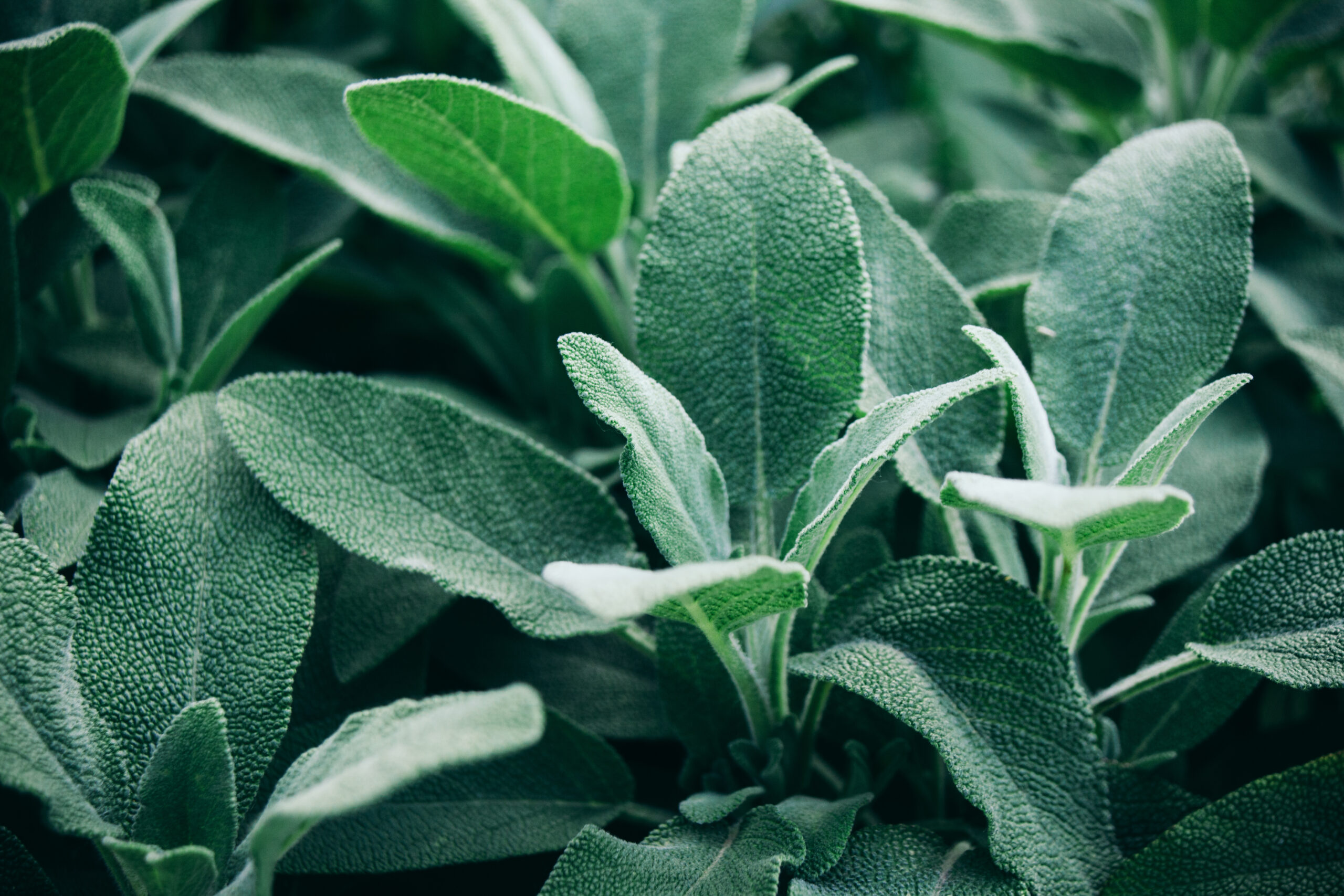


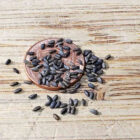
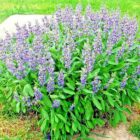
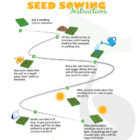
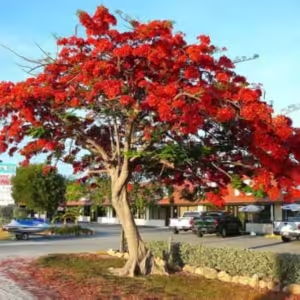


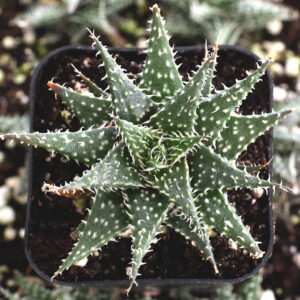

There are no reviews yet.